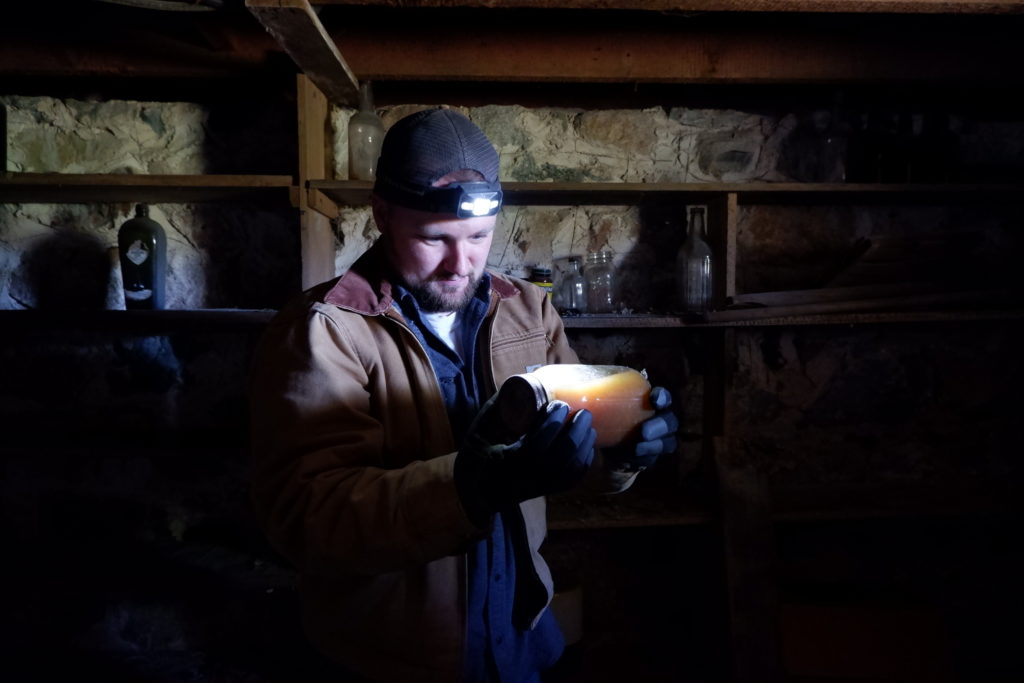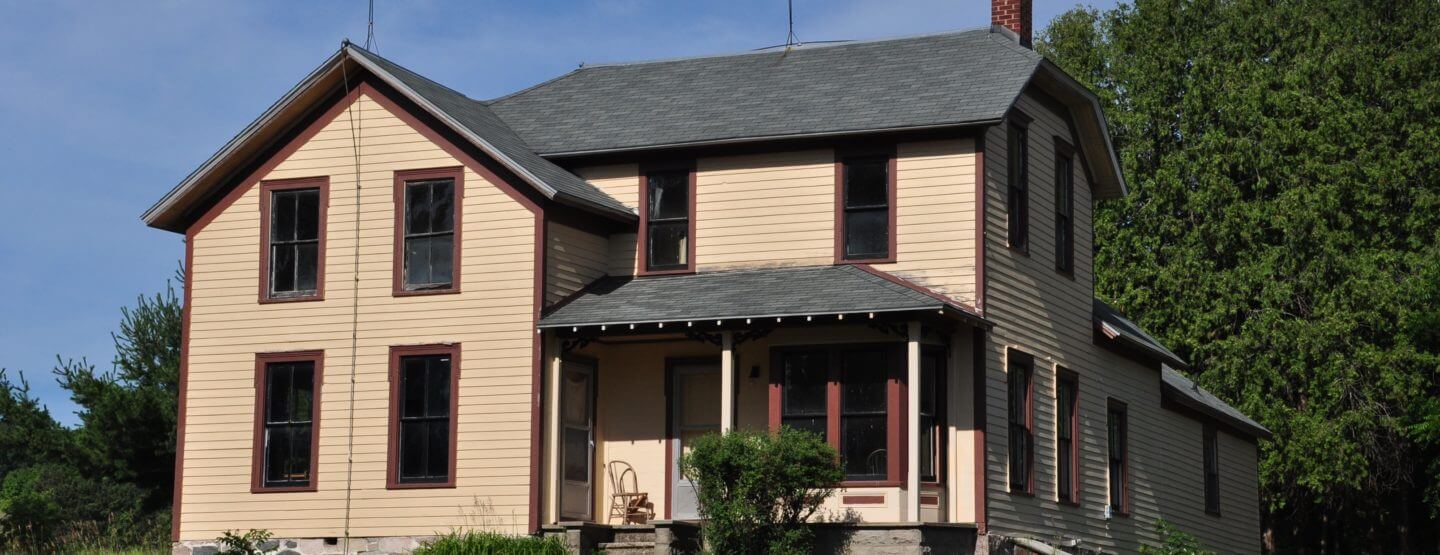For everyone who cherishes the iconic DeYoung farmstead and natural area as a gateway to rural Leelanau, the Conservancy has fabulous news. Work has commenced to restore the circa 1855 mustard-colored farmhouse as a functional hub for volunteerism and joint conservation initiatives. “Finally, our DeYoung Natural Area farmstead is about to blossom,” says Leelanau Conservancy Executive Director Tom Nelson.
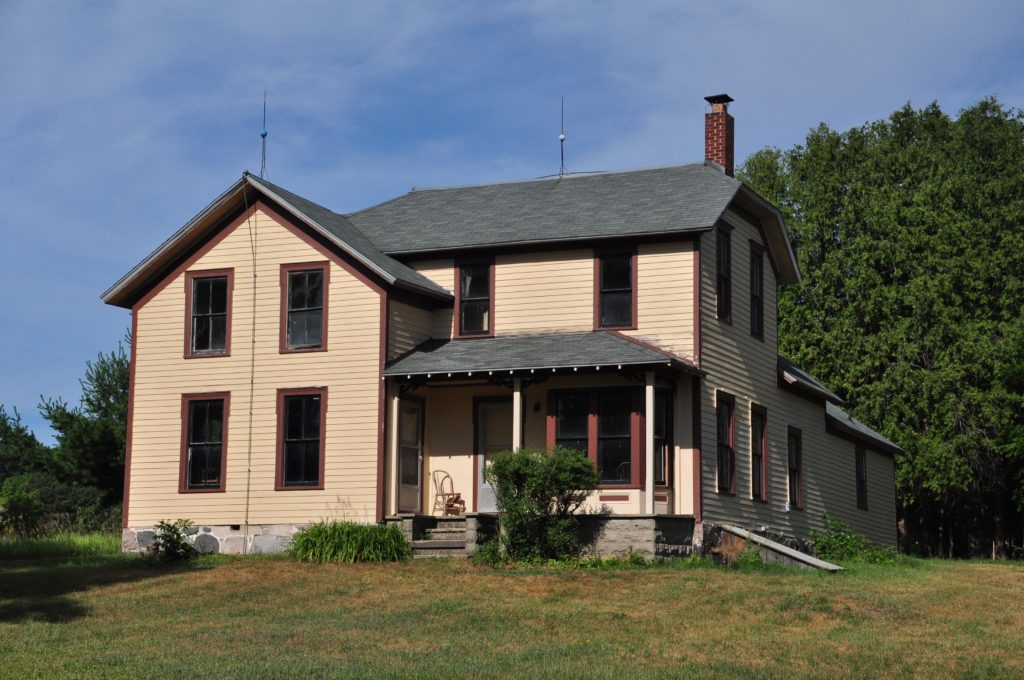
Vintage Building and Restoration, which specializes in historic property restoration, has been hired to make the farmhouse a usable space and has begun work this week, says project manager and Land Steward, Chase Heise. “We’ll be adding some modern conveniences while maintaining the visual and historic character. A new well was recently installed, and plans are also underway to repair joints in the large barn on the east side of Cherry Bend Road to straighten the walls and stabilize the structure.”
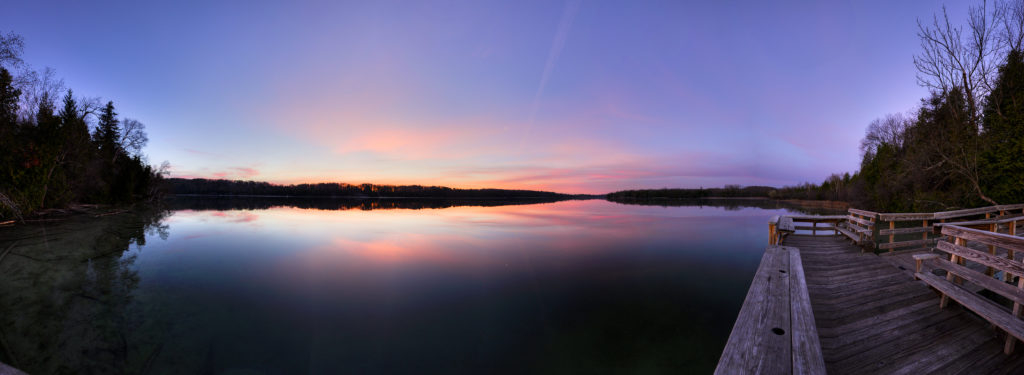
The Conservancy preserved this 191-acre property in 2006 in partnership with Elmwood Township. The TART trail bisects the land, and a Universal Access trail leads to a lakeside fishing and viewing platform for all to enjoy. Upland trails wind past heritage-variety apple trees and over a small stream, offering sweeping views of the farm and Cedar Lake. Much of the shoreline—over a mile of frontage is protected—contains wetlands critical to the health of Cedar Lake.
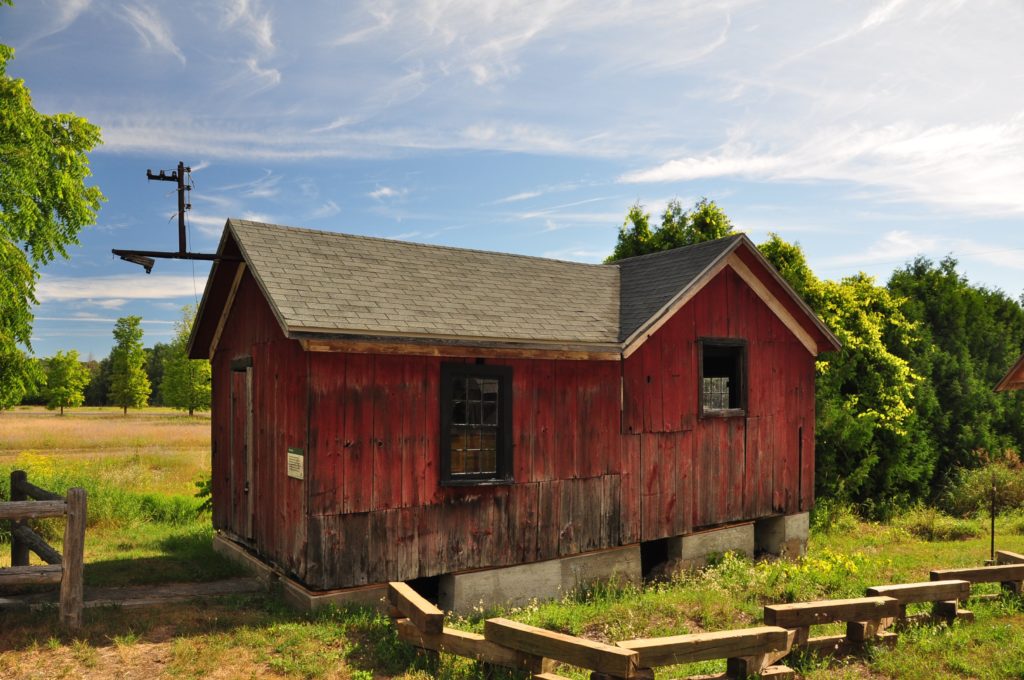
The DeYoung Farm is a place rich in history. The farmstead is listed on the National Register of Historic Places and was once owned by Louis DeYoung, an innovative farmer who was the first in the area to bring electricity into his home. He rigged up a car generator and two six-volt light bulbs to a water wheel which was powered by a stream that ran beneath his workshop. Louis was also one of the first farmers in Leelanau to plant cherry trees. He always dreamed of protecting his land and after he died at age 104, his children worked with the Conservancy to make it a Natural Area. The deal included the farmhouse, two barns and several other outbuildings—the only one of our natural areas with buildings on the property.

“While the ecological value of the DeYoung land had long made it a priority for protection, we had expected to find other partners to manage the historic structures,” adds Nelson. “We were unable to attract a nonprofit to take on the building management and maintenance, but we made a promise to the family that we would care for their legacy and nurture this portal to some of the best lands the Leelanau Peninsula has to offer.”
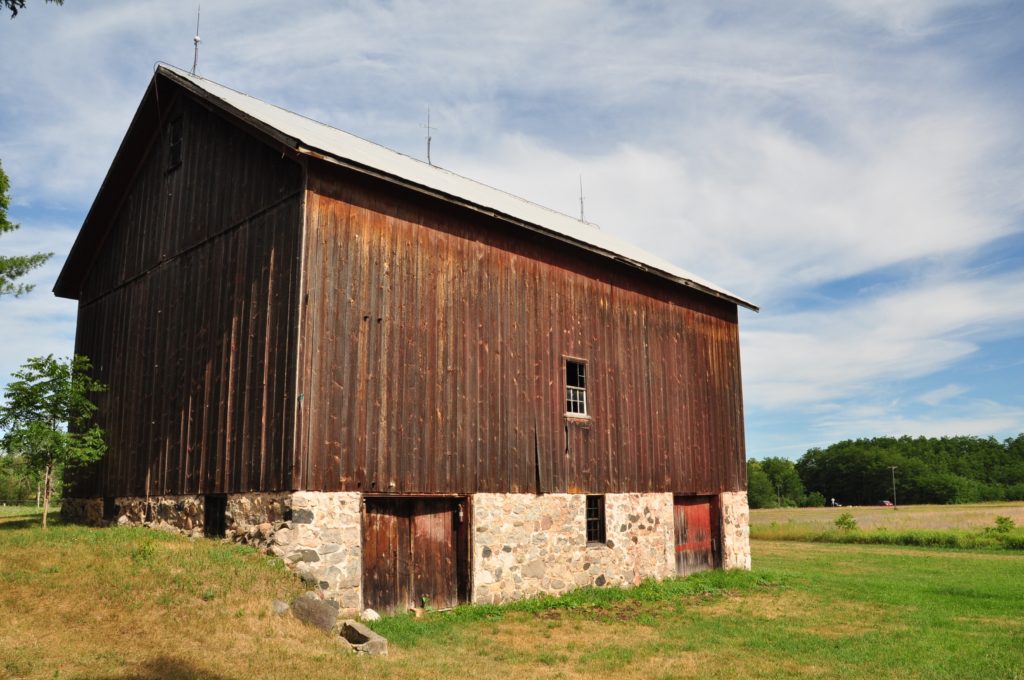
Almost immediately after the property was purchased, the Conservancy put a new roof on the house to stem water damage in progress. It also rebuilt the front porch and installed new doors on the lower barn. The Power House, where Louis generated electricity via an underground waterwheel, has been largely restored. For five summers, graduate students from Eastern Michigan University’s historic preservation program spent time doing masonry work, repairing foundations, replacing windows and cataloging artifacts from the farmhouse.
The Conservancy has also partnered with schools and organizations like the Grand Traverse Band of Ottawa and Chippewa Indians to plant hundreds of trees at DeYoung. Volunteers learn about invasive species as they help to remove them. An “Edible Trails” project here feeds wildlife and visitors. Bat boxes crafted by a local Eagle Scout were installed on the lower barn and nesting boxes donated by Wildbirds Unlimited shelter bluebirds along the TART Trail.
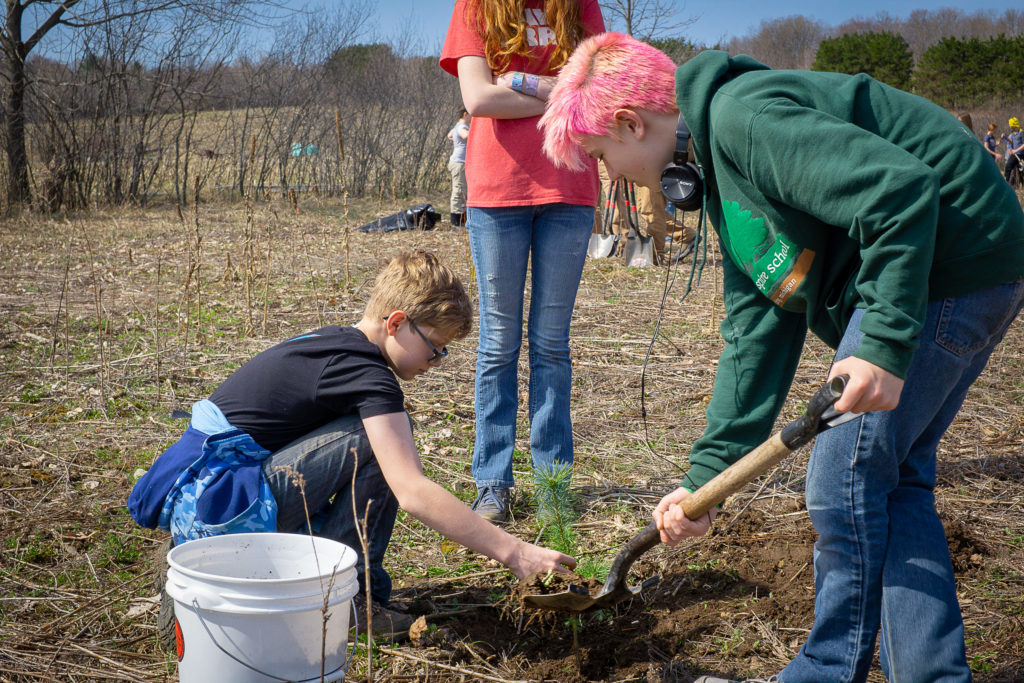
The house and barn have potential as gathering places for staff, board, volunteers, and partners. But first, there’s a lot of work to be done. Chase is excited to see Vintage Building and Restoration get started. “Choosing a contractor was interesting,” he says. “Some envisioned taking the house down to the studs and starting fresh, using all new modern materials to mimic a historic look. Our contractor is committed to following the Secretary of the Interior’s standards on the treatment of historic properties.”
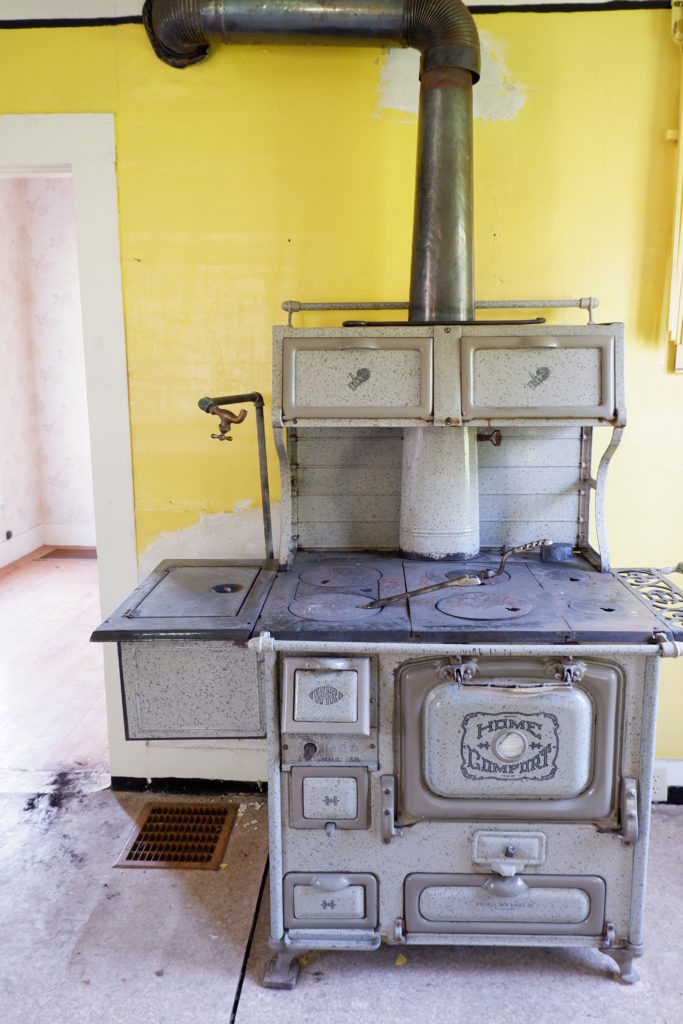
That includes keeping items like the Home Comfort wood cook stove, rooftop lightning rods and porcelain door knobs. Refinishing the beech floors that Louis laid himself in the 1930s is also a priority. “There are so many cool little things to discover, like the intricate trim work on the exterior windows of the house,” adds Chase. “We want to utilize what’s already there, and if it’s not usable or fixable we will recreate it.” If all goes as planned, work on the house will be completed by the end of summer. Follow along on our website and social media channels as we share the historic restoration process.
